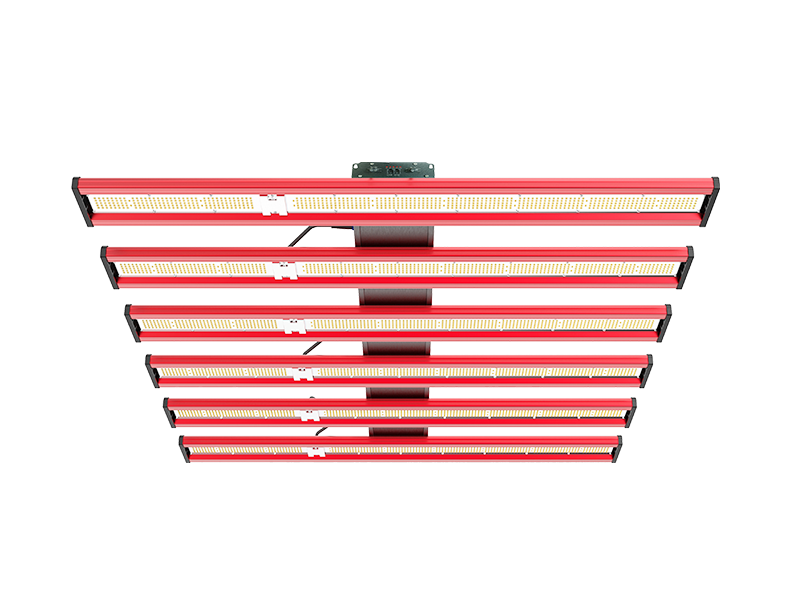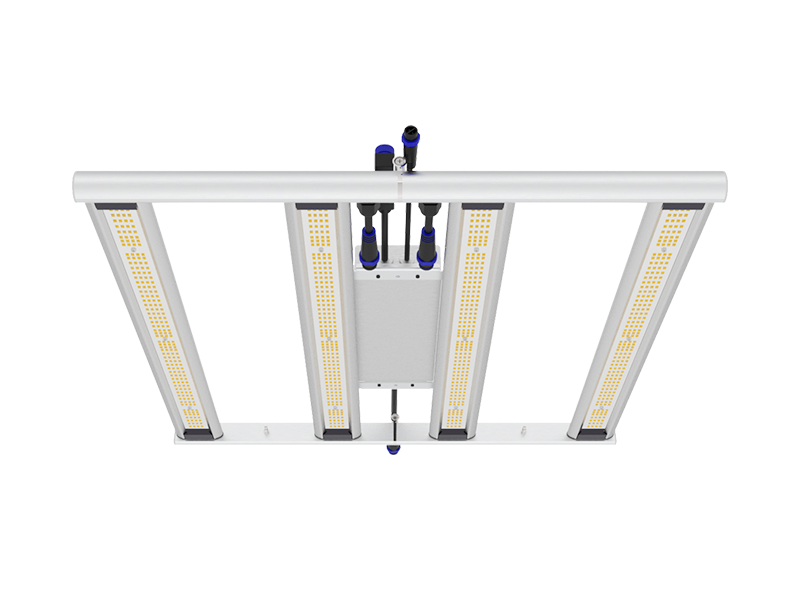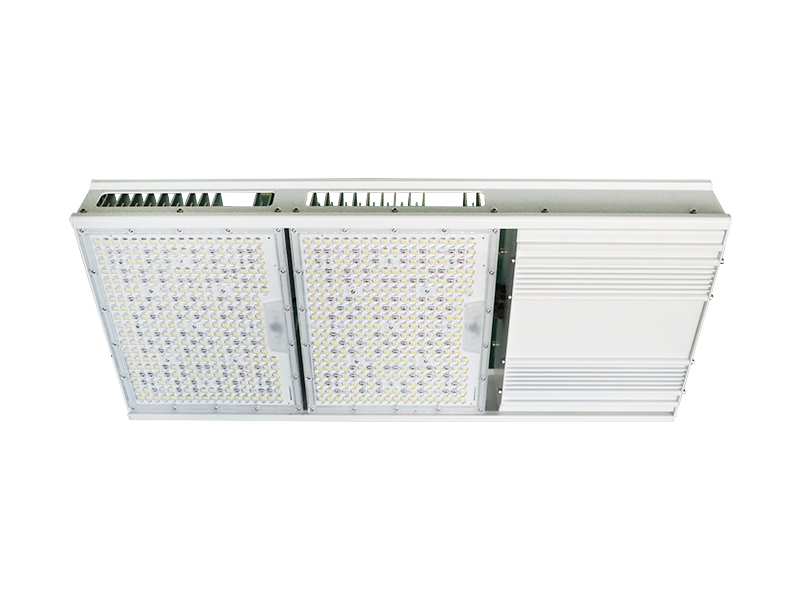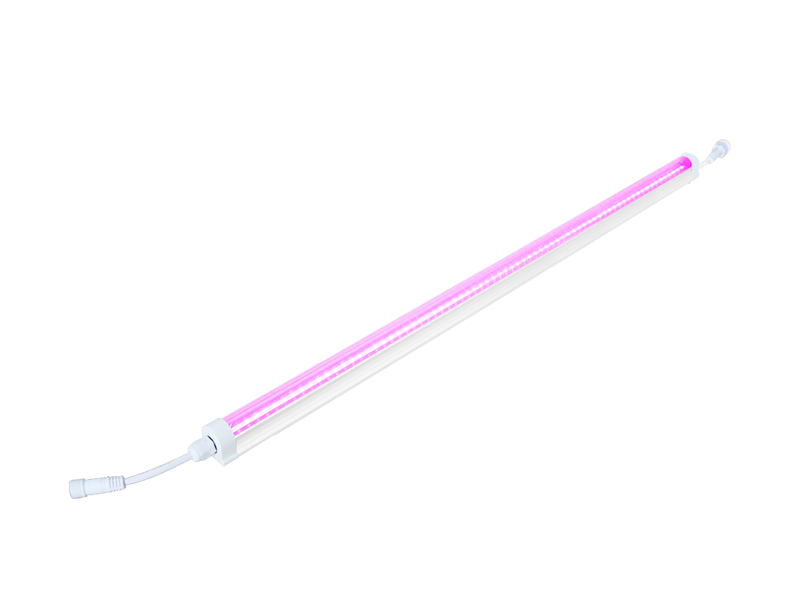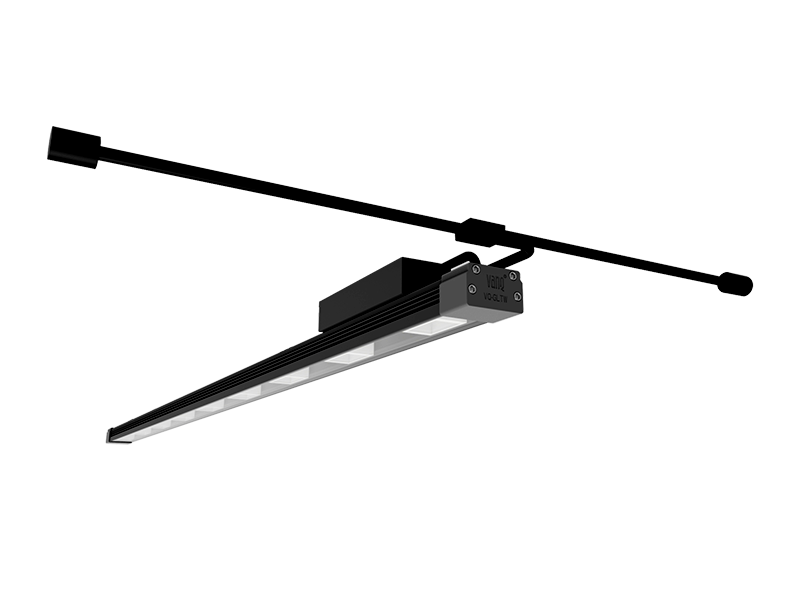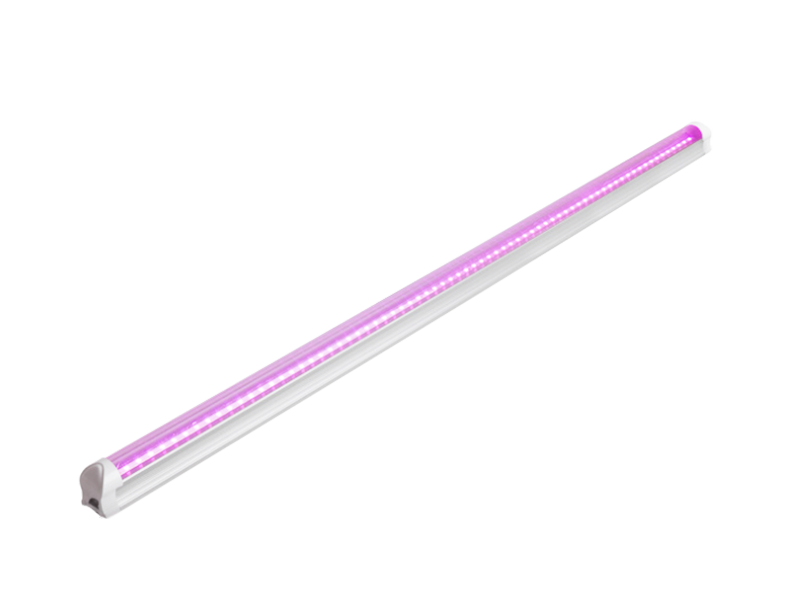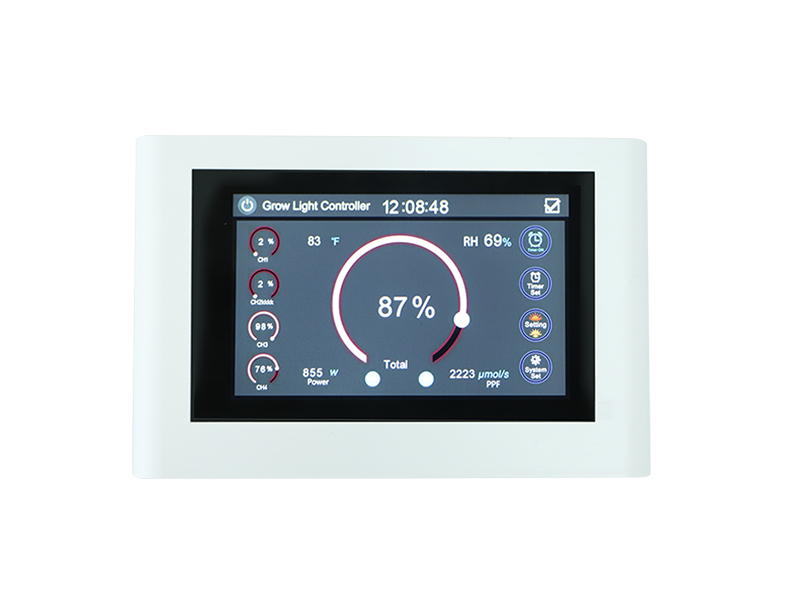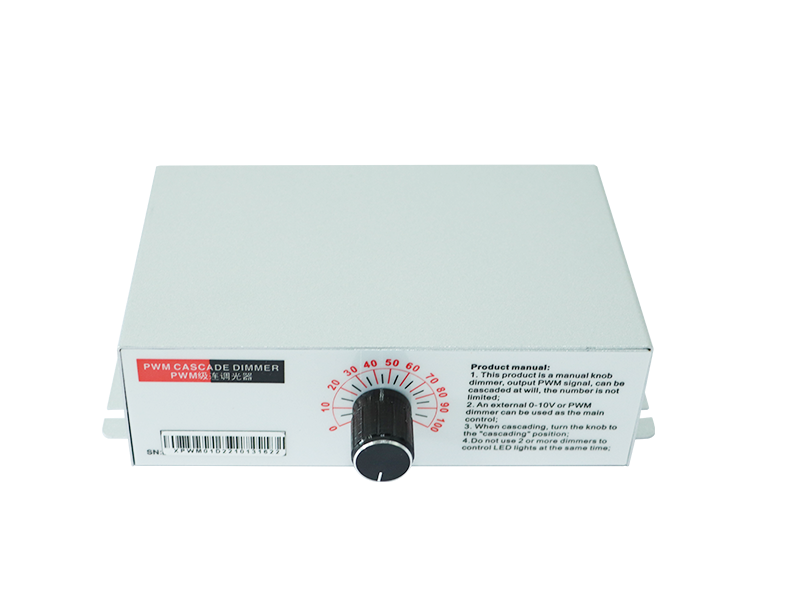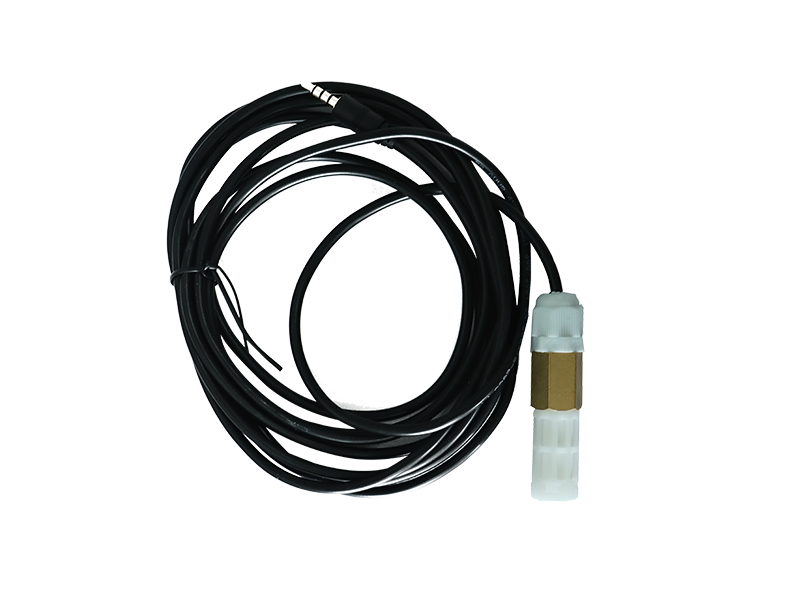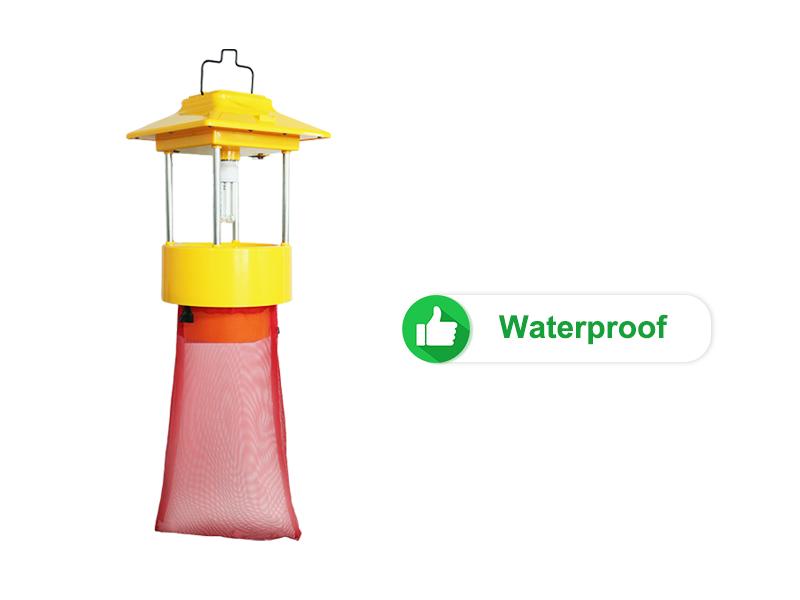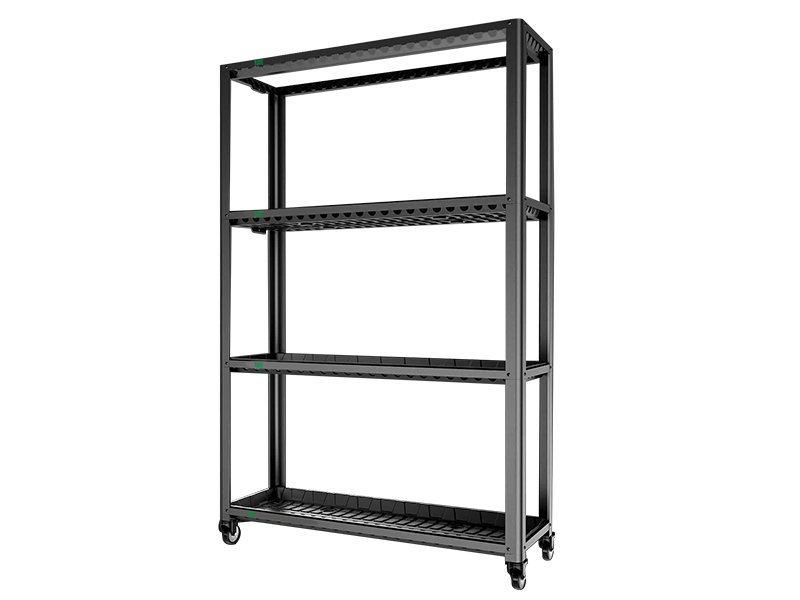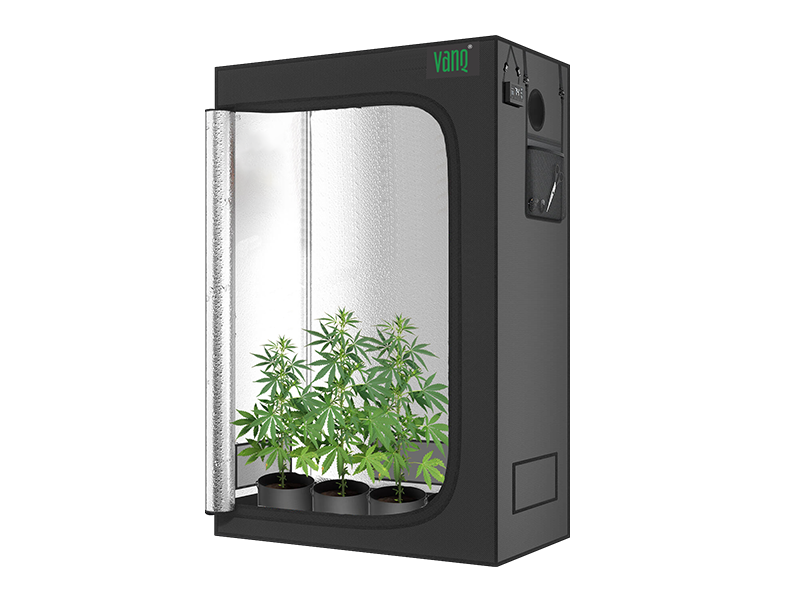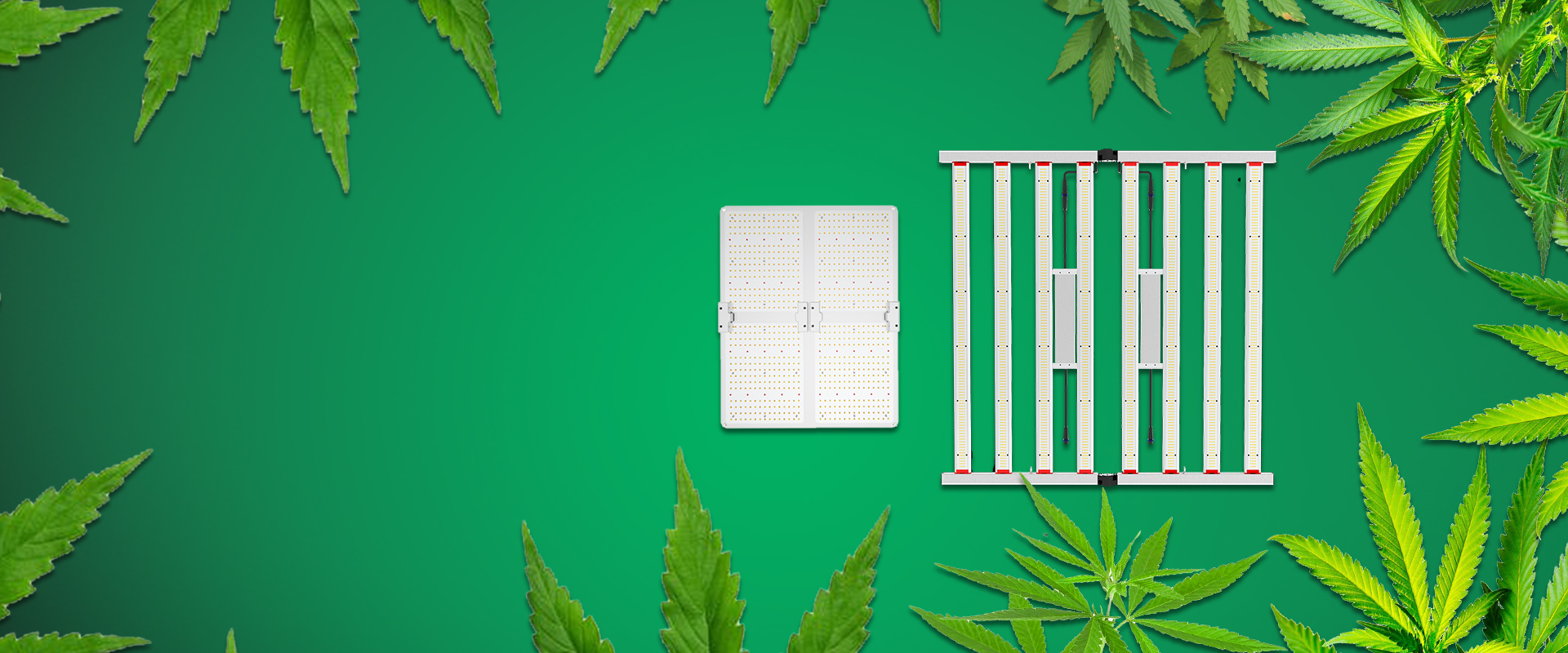In the process of growing vegetables, the role of light cannot be underestimated.
In traditional agriculture, plants rely on sunlight for photosynthesis, but what should we do in indoor hydroponics?
Obviously, artificial light sources must be relied upon to replace natural light.
But the question is, are you dazzled by the dazzling array of LED grow lights on the market? Today I would like to recommend some good LED lights for hydroponic vegetables.
1. Why use LED lights for hydroponic vegetables?

First of all, we have to understand why we need to use LED lights to grow plants instead of incandescent or fluorescent lights.
What are the advantages of LED lights compared with them?
Save electricity bills: Electric energy conversion efficiency is high, which can save electricity bills in the long term. The energy consumption of LED lamps is only 1/7 of incandescent lamps and 2/3 of fluorescent lamps
Low temperature operation: low heat generation, avoiding the risk of high temperature and burning plants.
Long life: The service life exceeds 50,000 hours, reducing the frequency of replacement.
High light efficiency: Provide stronger light and improve photosynthesis efficiency.
Environmentally friendly: no harmful substances such as mercury.
2. Different types of plants and their light requirements
When choosing LED lights, you need to first understand the light needs of your plants. Below we introduce in detail several common types of plants and their needs for light.
1) Leafy vegetables
Representative plants: lettuce, spinach, kale
Light intensity requirements: Leafy vegetables require lower light intensity in the seedling stage. As the plants grow, the light intensity can be gradually increased. It is generally recommended that the PPFD value is between 150-300 µmol/m²/s.
Photoperiod: These vegetables generally require longer photoperiods to maintain continued growth. The recommended light cycle is 16 hours of light and 8 hours of darkness.
2) Fruit vegetables
Representative plants: tomatoes, peppers, cucumbers
Light intensity requirements: Fruit vegetables generally require higher light intensity, especially during the flowering and fruiting stages. The recommended PPFD value is between 400-700 µmol/m²/s.
Photoperiod: These plants usually require a long photoperiod to ensure adequate photosynthesis. The recommended light cycle is 14-16 hours of light and 8-10 hours of dark.
3) Root vegetables
Representative plants: carrots, radishes, beets
Light intensity requirements: Root vegetables have relatively high light intensity requirements during the growth period. The recommended PPFD value is between 200-500 µmol/m²/s.
Photoperiod: The photoperiod needs of these plants are relatively flexible, but usually range between 12-16 hours of light and 8-12 hours of dark.
3. Recommended hydroponic Led grow lights:
1) VQ-GLTW050, Waterproof 50Watt LED Tube Grow Light

50w waterproof LED light tube supports various installations, customized spectrum, series equipment, waterproof IP65, and customizable length, suitable for various planting needs.
Samsung LM301B:Original Quality LEDs White
Multiple installations:Easy Maintanance & Replacement
Customized Spectrum: Adapt to planting needs in multiple scenarios
IP65 Waterproof:Suitable for most facility
Optional Length:Cusomizable Based On Project
2) VQ-GLT8W20, Waterproof 20Watt LED Tube Grow Light

20W leafy vegetable planting lamp, specially built for modern agriculture. The flexible installation design not only facilitates maintenance and replacement, it is IP65 waterproof, has a safe all-plastic surface, and is made of aluminum alloy for efficient heat dissipation. The length can be customized, making it suitable for a variety of planting needs.
Daisy Chain:Up to 20 PCS
IP65 Waterproof: Suitable for most environments.
Safe and Worry-Free: the surface is fully plastic, eliminating the risk of electric shock.
Length Customization: length can be customized according to needs
Professional Spectrum: designed specifically for growing leafy vegetables
Aluminum Alloy Material: efficient heat dissipation
Since its establishment in 2009, VANQ has always been customer-centric and committed to providing high-quality LED grow lights for cannabis cultivation, vertical farming, greenhouses and tissue culture.
As an industry-leading manufacturer, we have a state-of-the-art production plant in China and a warehouse in South Africa, ensuring free and fast delivery services within South Africa.


